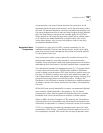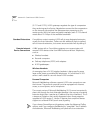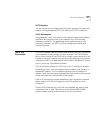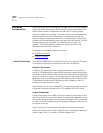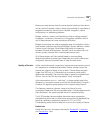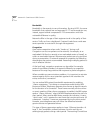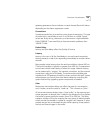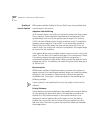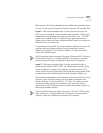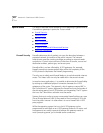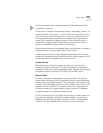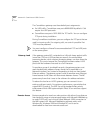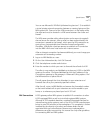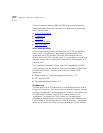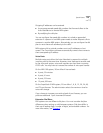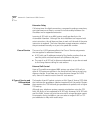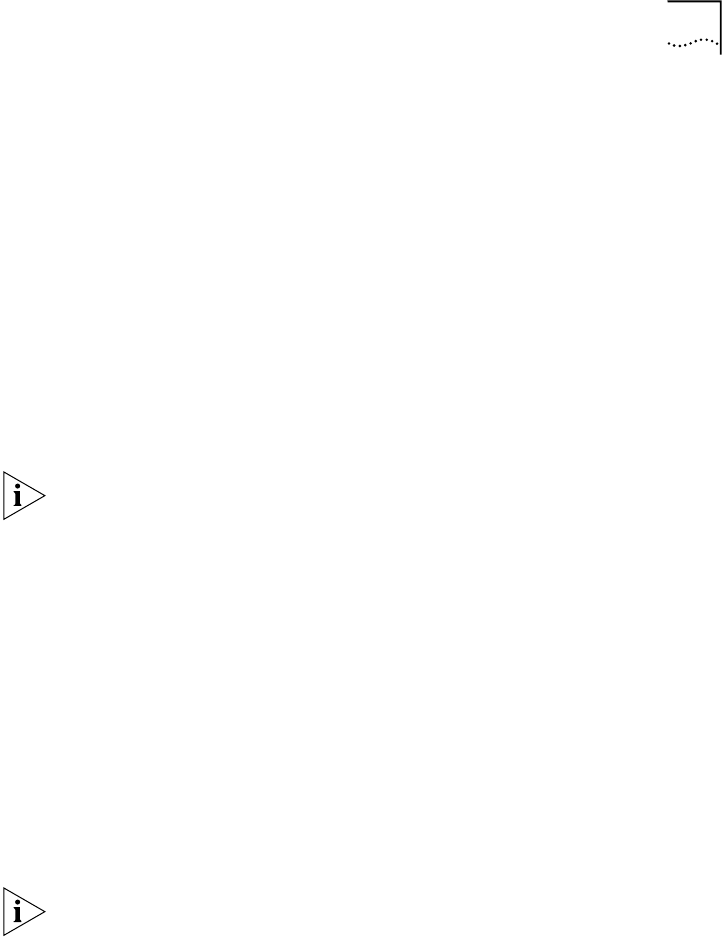
Connection Considerations 407
NBX systems use the latest developments to address voice packet priority
concerns at the Layer 2 Ethernet level and at the Layer 3 IP network level.
Layer 2 NBX systems address Layer 2 priority concerns through the
802.1(p and q) standards. These standards have two parts. The first part
addresses the way Ethernet frames get onto the local “wire.” The NBX
system uses a special “back-off” algorithm that gives voice frames a
higher priority when both voice frames and data frames try to access the
Ethernet wire at the same time.
The second part of the 802.1(p and q) standards addresses the way LAN
switches prioritize different packets that are competing to enter a
different LAN segment. This scheme is based on a 3-bit priority field
within the Ethernet header.
NBX ConneXtions does not support the Layer 2 (Ethernet) 802.1 (p and q)
priority field. However, it is usually possible for IP routers to use these
priority schemes if they are configured to prioritize H.323 packets.
Layer 3 NBX systems address Layer 3 priority concerns through a
packet priority scheme called “IP/DS” (for differentiated services). Many
routers support this scheme, which replaces an earlier scheme (TOS),
which uses a 6-bit priority field within the IP header of every packet. Most
routers examine this field and base their pass-through priorities on it.
NBX systems are designed to use the default values that come with 3Com
switches. If you use other routers, you may need to reprogram their
diff-serv settings. The 3Com default is 101110xx. This setting must be
consistent at both ends of the connection. Note that some routers
overwrite the TOS field (diff-serv priority field) and eliminate the priority
distinctions between packets.
NBX ConneXtions does not support the Layer 3 (IP) 6-bit TOS/DS priority
field. However, it is usually possible for IP routers to use these priority
schemes if they are configured to prioritize H.323 packets.



